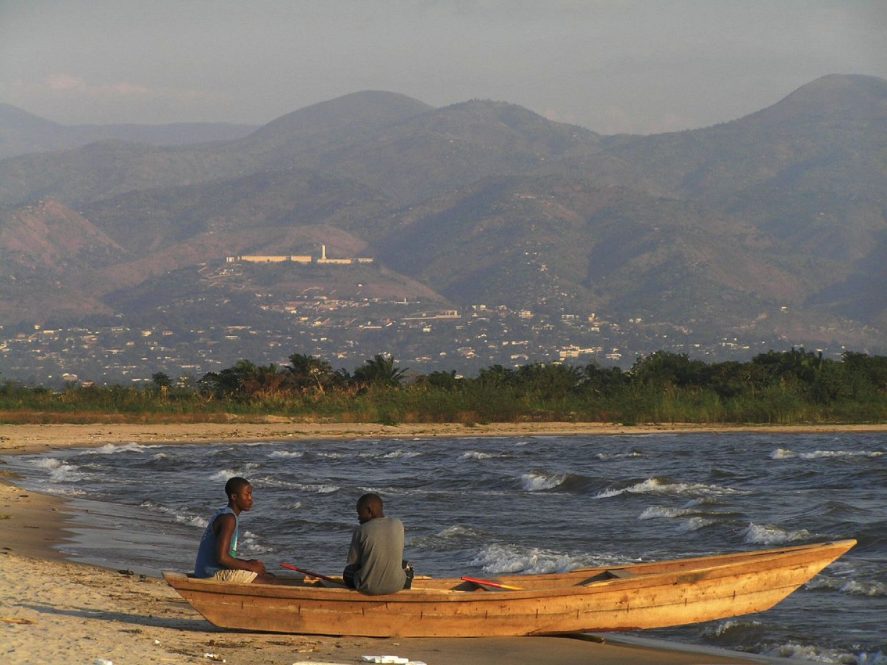If you run into earth sciences professor Lisa Park Boush in the Bahamas, know she’s not on vacation – she’s knee-deep in the fossil record, researching the ecosystem’s response to both natural and human-caused climate change. Beginning next month, her work is going to take her even farther.
As part of a multi-university team, Park Boush is the recent recipient of nearly $2.5 million in funding from the National Science Foundation (NSF) for a project that will track ancient oxygen levels and life within Lake Tanganyika in eastern Africa, illuminating how its biodiversity adapted to past climate change. With this knowledge, the team will be able to predict the effects of human-caused climate change on the ecosystem of the lake, on which millions of people depend as a food supply.
Knowing how an environment is likely to respond to climate change is a key metric in ensuring population health for native wildlife and surrounding human populations, Park Boush explains.
“One thing we don’t know a lot about is how the tropics are going to respond to climate change,” she says. “You’d think, well, they’re just going to get warmer. But they could get warmer and wetter, or they could get warmer and drier, because they have in the past.”
Samples taken from the lakebed will help the researchers identify the trends that have impacted the lake in the past. The researchers will take these samples by coring down into the lakebed and inserting tubes that can collect columns of sediment, up to 18 meters long, that are then shipped back to labs in the U.S. for analysis.
Park Boush’s team is focused on microscopic crustaceans called ostracods (“shrimp tacos,” she calls them affectionately). Analyzing the concentration of these creatures at various points in the fossil record, as well as the size of small protrusions that allow the ostracods to “snowshoe” across the lakebed, will enable the team to understand the oxygen content of the lake throughout history. Other teams in the project are focusing on fish, sediment, and other components of the fossil record found in the sample cores.
Researchers chose Lake Tanganyika – one of the African Great Lakes – due to its incredible biodiversity. For Park Boush, too, it’s something of an academic homecoming: she wrote her dissertation about ostracods in the lake. She’s now reconnecting with her graduate advisor on this project (they also collaborated on a related project on Lake Malawi in the early 2000s). Many of the other project members have prior research connections to the lake, as well as other lakes in Africa.
UConn researchers are working alongside those from Brown University, the University of Kentucky, the University of Wyoming, the University of Toledo, the University of Arizona, and Indiana State University. The project is slated to begin in October 2022 and proceed for five years.
In addition to expanding the existing knowledge base surrounding climate change and biodiversity, the team hopes to translate their research into on-the-ground impacts by hosting workshops with residents of the countries which border the lake, training them in conservation management and biodiversity monitoring through the same coring process. They will also produce a white paper that outlines policy recommendations based on the project’s findings.
The NSF Biodiversity on a Changing Planet program provides funding for projects that use innovative methods to enhance understanding and forecasting of biodiversity in response to climate change.
Like individual nodes in the food web of Lake Tanganyika, this work is intricately connected to the health and survival of other ecosystems, and the planet as a whole. For states like Connecticut, with its ample farmland in the north and fisheries in the south, understanding how to insulate these systems from the negative effects of climate change will be particularly vital work in the coming years.
“We’re looking at the tropics, but understanding how climate is going to impact that biodiversity is a global question,” Park Boush says.



